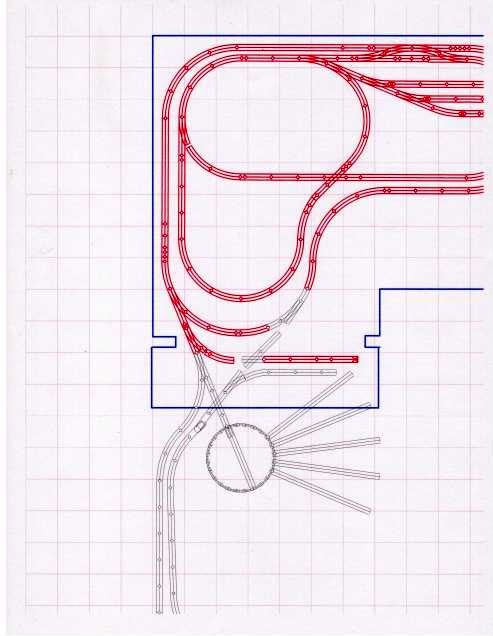Has anyone else incorporated any Crossovers in your track plan? They provide interesting operating scenarios, mainly if you have two separate loops using common crossovers - this creates a junction, and junctions are fun. I purchased 2 modern Ross 45-degree Crossovers and have had mixed results. For one crossover the trains roll smoothly thru them in all directions; the other the train's trucks rise and bump through - I am not sure what's causing this. The middle diamond of Ross X-overs are metal and powered via center rail; the outside rails are plastic and do not conduct electricity. Some short wheel-based locomotives and trolleys lose power of them. PS2.0 engines with depleted batteries will also die on them.
What brand of Crossovers do you use and how do the trains roll thru them? I am especically interested in Atlas Crossovers, how do they perform? If I can get my layout expansion plans underway (will incorporate 4-45 degree crossovers) I may use Atlas track & Crossovers with mating sections to the existing Ross track. I like to support Ross since they're made in America but my experience with their crossovers has been mixed. If Atlas' crossovers are no good then I don't know what I'll do.
Here's pictures of existing layout tracks with 2 Ross 45-degree Crossovers:







